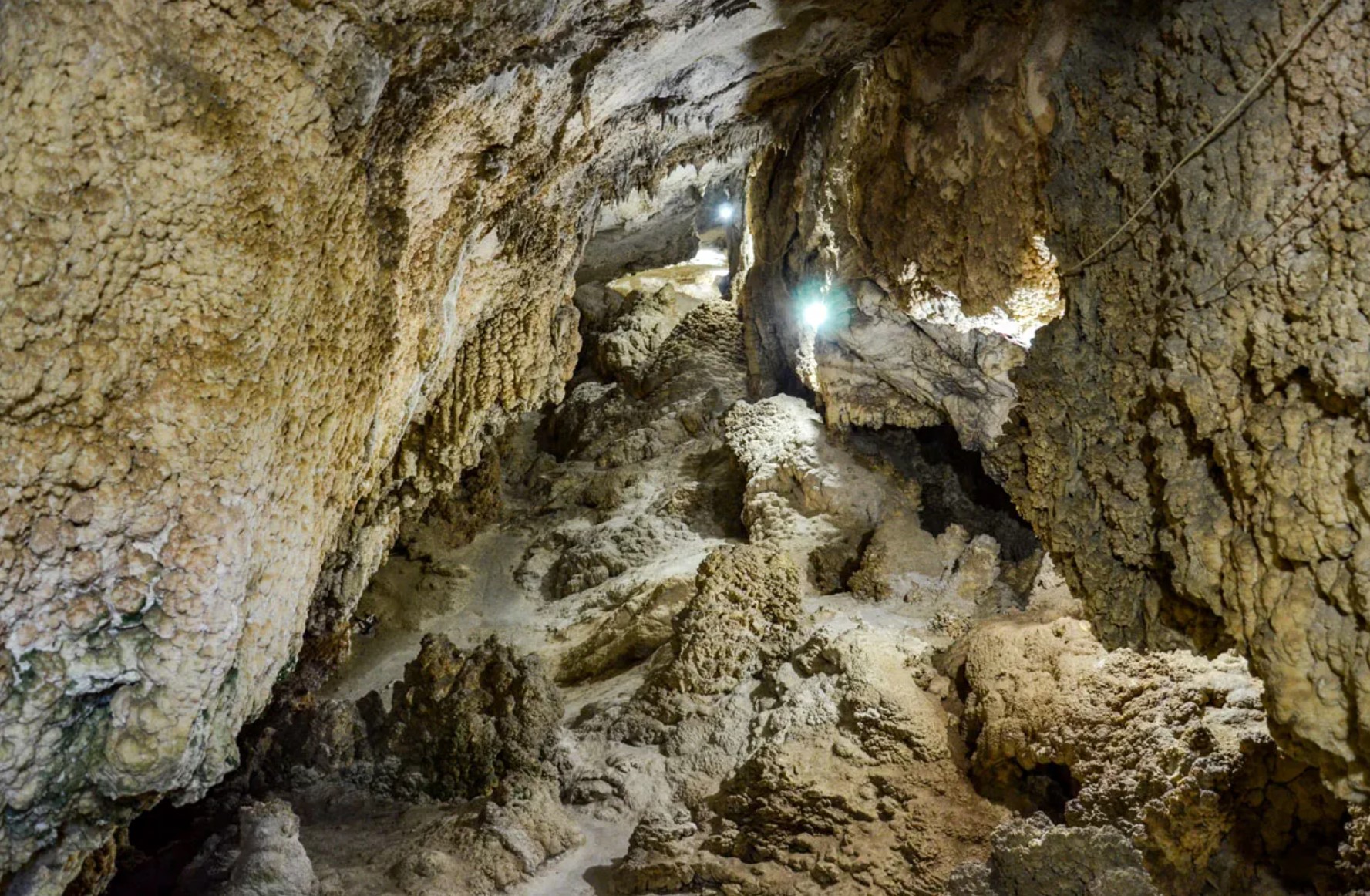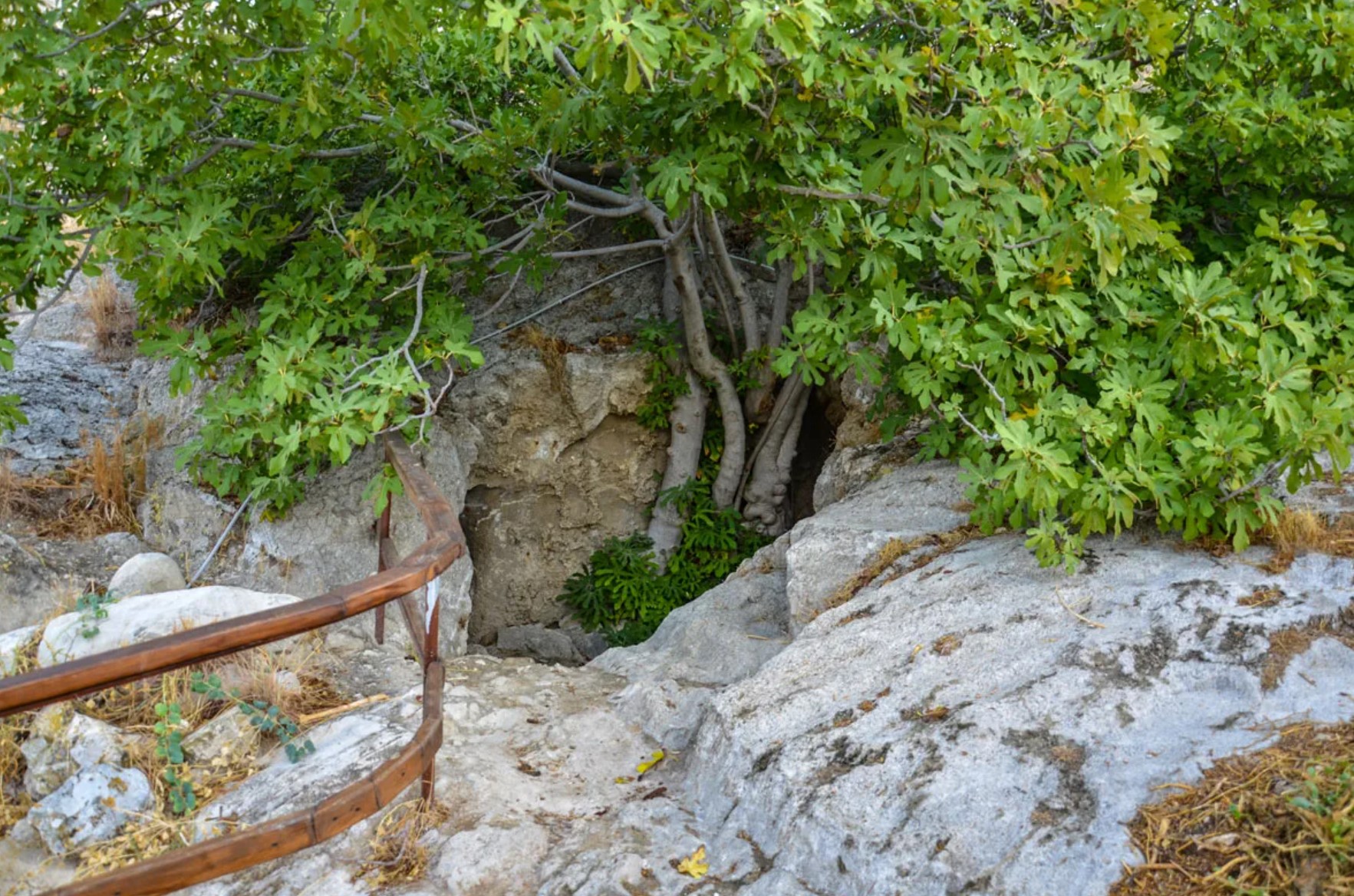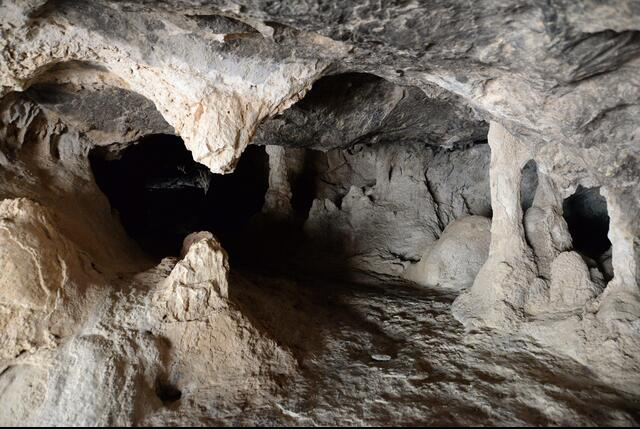


If you are visiting North Cyprus, or indeed even living here, then another of the wonders to be seen is most definitely İncirli Cave, meaning Fig Cave, due to the fig tree hiding its rather small entrance! With its own mythic tale to tell about its discovery, there is plenty of factual data on the formation of the caves as well.
The village also referred to as ‘Platani’ and ‘Bladan’ is pleasantly situated in the foothills of the Besparmak Mountains, famous for its formidable organic honey and accessible from all directions. From Kyrenia, a coastal route toward Tatlisu will lead you in the right direction. From Famagusta or Nicosia, the road bypassing Gecitkale towards the coast will take you directly there the more scenic countryside stretch from Iskele via Sinirustu is yet another course to this remarkable site. The formation age of the locality is assumed to be over 5 million years, whereas the cave itself is thought to be around 200 thousand years old. It is therefore of extreme geological importance. Even the country of Turkey, which also has wide areas of gypsum does not feature caves of this kind, so we are told. Gypsum rock is well known for its suitability for melting, which also means that it can morph into very interesting shapes at a fast pace. Gypsum is a soft sulfate mineral composed of calcium sulfate dihydrate. It can be, and is, used as a fertilizer and as the main constituent in many forms of plaster, blackboard/sidewalk chalk, and drywall.
Once you have entered the cave itself, via a slit of an opening, you can immediately see how fascinating it is. It is very much like walking into a space odyssey. In reality, the general public is only allowed along the first 71 meters of the tunnel, but there are many more, some of which have been explored by experts. It is thought that the caves and tunnels carry on for over 311m, branching out into a labyrinth of caves and tunnels, many extremely narrow indeed. Stepping up from big spaces, with high domed ceilings, you can then be met with narrow openings of half a meter with steep drops, going through into tunnels. You will see that this whole cave structure is made of gypsum in the form of what looks like cauliflower florets, some worn from the wet, some showing their chinks of prismatic crystals, all perfectly formed. Being quite brittle to touch, be careful and try not to grab hold of them.
Legendary Tales
A long time ago, there were three thieves who hid their stolen goats in this very cave. Villagers followed the footprints of the animals all the way to the fig tree where they mysteriously disappeared. After days of patrolling the area and with the help of local police, they laid an ambush which lead to the discovery of the cave entrance nearby. As they watched the thieves enter the cave at midnight, they guarded the entrance until sunlight made their move. However, on entering the cave the next morning, they were shocked to find no trace of the thieves or the animals. Rumour has it that the thieves escaped from a second entrance, close to the village of Altinova, some distance from Cinarli – this entrance is still waiting to be rediscovered to this day.
In the 1950s and 1960s, this cave was also known to be used as a hideout for EOKA terrorists, the Greek Cypriot nationalist guerrilla organization that fought a campaign for the end of British rule on the island and waged an ethnic cleansing of Turks living on the island.
